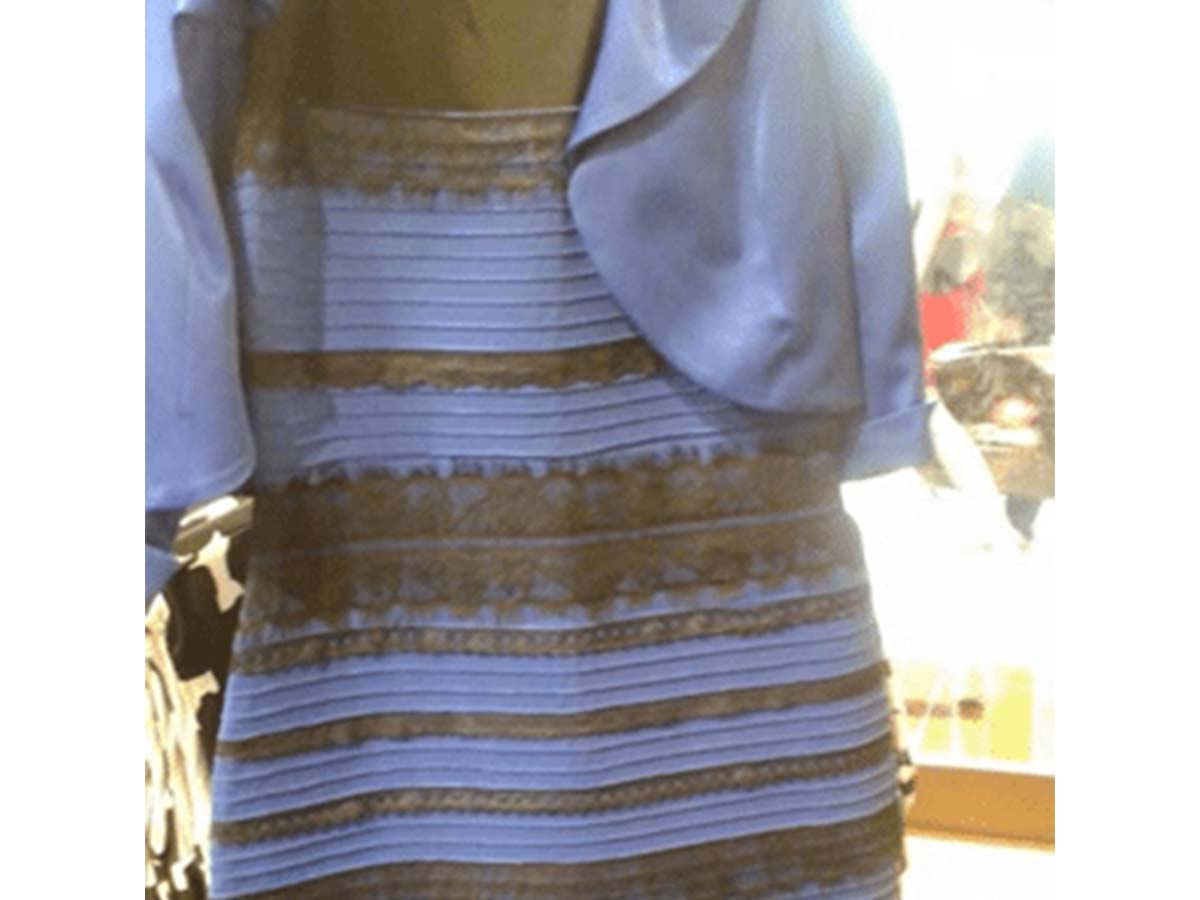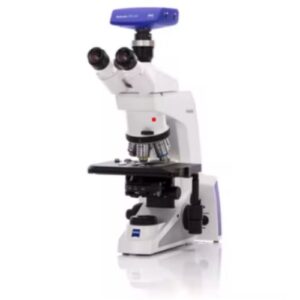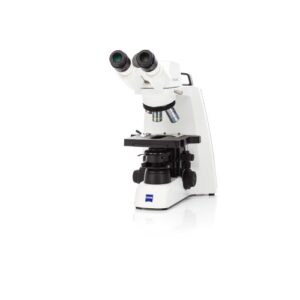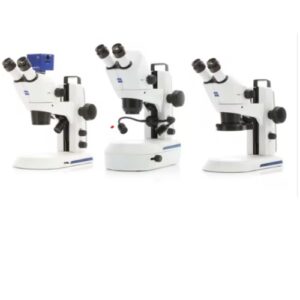Knowledge is power when minimizing error in imaging
Maybe you are one of the people who engaged in arguments about whether the dress is white and gold or blue and black. Or maybe you are just a regular person trying to take a picture of a dress to share it with your friends. Either way, color is important!
With microscopes, most users of digital cameras are familiar with the simple process of going through a white balance procedure to get a very nice white background in images. However, many users often notice that although the background is white, the color of their image is incorrect. This leads to arguments, although less viral than “the dress,” about the true color of a sample! Through the microscope’s eyepieces, the way the sample is supposed to look is clear, but on the monitor the colors appear incorrect!
There are many possible sources of error in the scenario described above. Anything from lighting, optics, detector, or even the monitor being used can all affect how the sample color “appears” in a digital image. Every aspect of the optical system must be considered when working toward an excellent image.
Lighting is Everything
One of the most influential components to accurate color is lighting. When working on customer samples with a stereo microscope, I often tell them that lighting is everything. Proper light is required to eliminate reflection, provide contrast, and highlight features of interest. In compound microscopes lighting is also critical for proper color reproduction.
Regardless of the light source being used, there are multiple factors to consider. Until recently, the most common light source in microscopy was a burning tungsten filament – or, in other words, halogen bulbs. Regardless of the voltage or wattage, all halogen bulbs had the same shortcomings, with low voltage the bulb would produce a yellow color and with high voltage the bulb would produce white color.
For years, microscope users would insert gray neutral density filters into the light path to decrease overall brightness when voltage to the bulb was increased. This technique produces the desirable white light and balances brightess for both camera and eyes. This procedure is an excellent technique, however the vast majority of microscope users do not even know what a neutral density filter is, let alone when to use it.
Ideal Lighting for Accurate Color
With the CRI standard for color accuracy being daylight, in a perfect world we would harness the power of sunlight and pump it through our microscopes. Unfortunately, even daylight isn’t perfect! Daylight can vary depending on time, cloud coverage, and location on the globe! Yikes!
Characteristics of theoretically perfect daylight include a color temperature of 5600K and light intensity that is evenly distributed across the light spectrum. In other words, the intensity of light at 450nm is identical to the intensity at 650nm.
Color Temperature and Color Accuracy, Where Can We Find Both?
When manufacturers attempt to harness the perfection of daylight in a handy and portable light bulb, the process often falls short. This leaves microscope users with a choice to make: Which light will provide the best color reproduction?
Halogen bulbs: Inexpensive and durable, halogen is good, not great, for microscopy. Color is inaccurate because halogen produces a different color temperature depending on brightness. The benefit of halogen is that the light produced is even across the light spectrum, meaning the intensity between red, green, and blue are equivalent. Therefore, color accuracy at peak brightness is excellent.
Light Emitting Diode (LED): LED lights can be made to produce light at virtually any color temperature. Developing an LED to produce light at 5600K is easy. Producing an LED that produces even light intensity across the light spectrum? Not so easy. LED lights often have peaks and valleys in the light spectrum. For instance, the light intensity at 450nm is not the same as light intensity at 650nm. Depending on the quality of the LED providing the light, the color bias can be minimized. However, LED is an excellent option because the color temperature is maintained regardless of brightness.
Arc lamps: Often used in fluorescence microscopy, arc lamps can also be used in brightfield imaging for the full spectrum white light. Similar to LED, the light spectrum of arc lamps have peaks and valleys – which are more dramatic than LED lighting options. Although the light is very bright and the correct color temperature, the peaks and valleys lead to inaccurate color because, for instance, green wavelengths have more brightness than yellow.
Without a Perfect Lighting Solution, What is One To Do?
Without perfect light, the colors of a stained tissue section will be slightly off. The user is left with two choices, correct the color using a post processing program such as Photoshop or Datacolor ChromaCal – or pick a light source that is good enough to represent the sample as accurately as possible.
Considering the advantages of brightness independent color temperature and a fairly flat spectrum for quality LED’s, LED illumination is the best choice for most microscope users interested in faithfully reproducing colors in their samples. However, if a knowledgeable microscopist is ready to run a 100W halogen bulb at full brightness, employing neutral density filters to adjust brightness for their eyes and the camera, halogen would be preferred for its color accuracy across the light spectrum.
Trust W. Nuhsbaum, Inc.
Whether choosing a light source for H&E photography, polished materials for manufacturing, or petrography, trust W. Nuhsbaum, Inc to provide the expertise necessary to independently suggest the correct light source for your application.
Get in touch with one of our microscope or imaging specialists to learn more about the latest in microscope lighting technology. It could be the difference between an argument about whether your sample has white and gold or blue and black colors!




